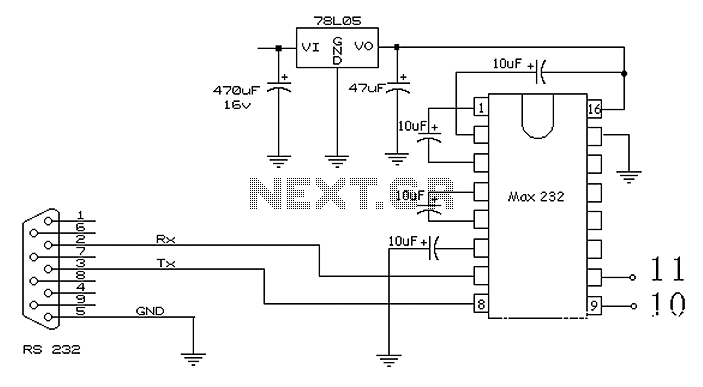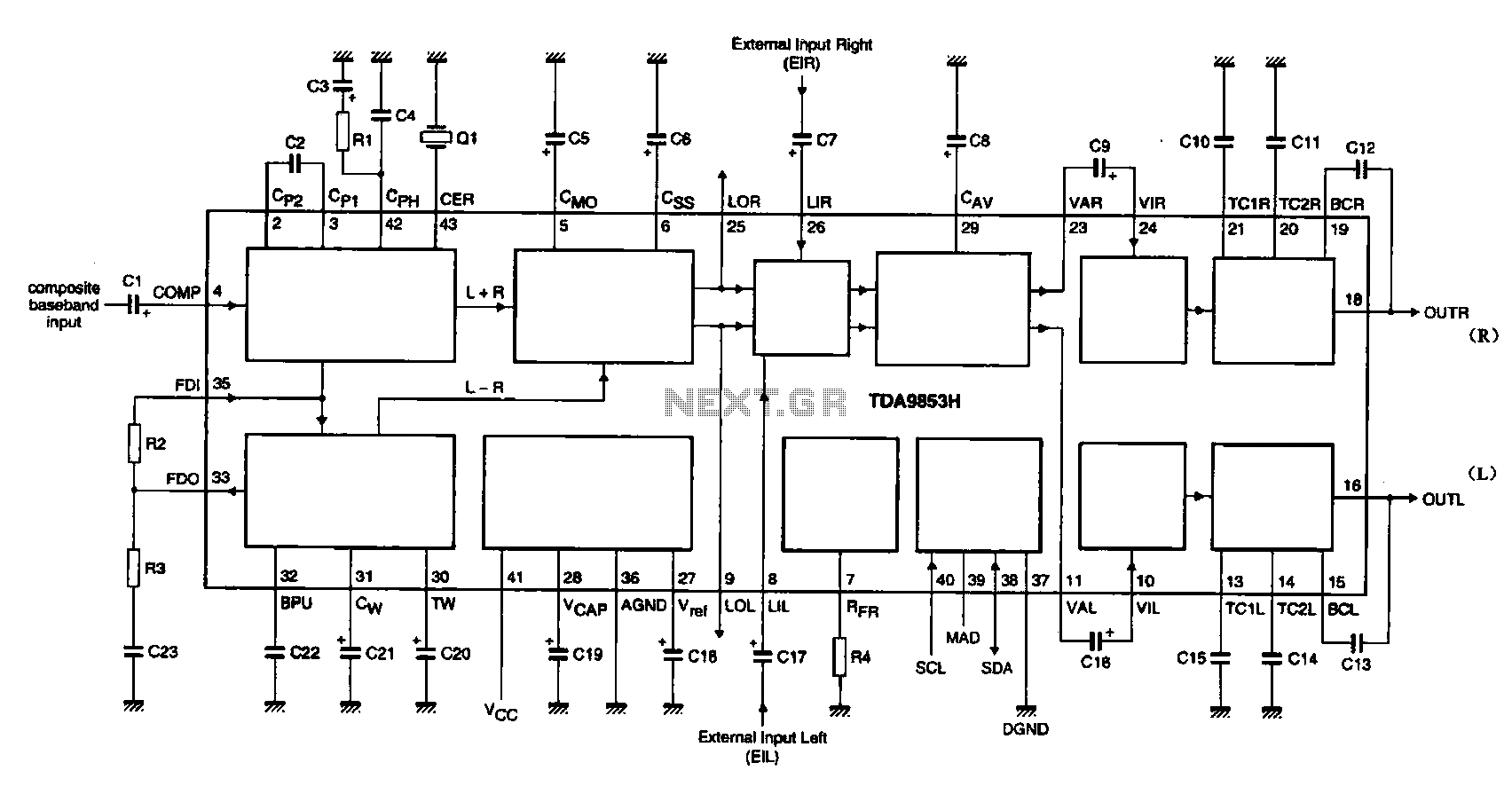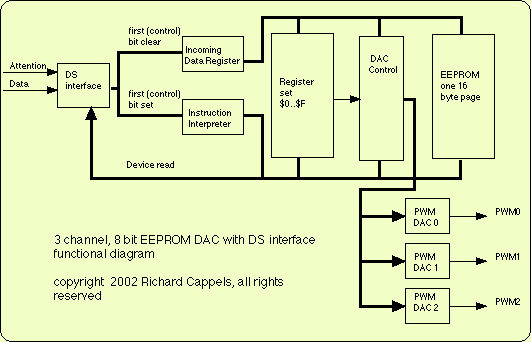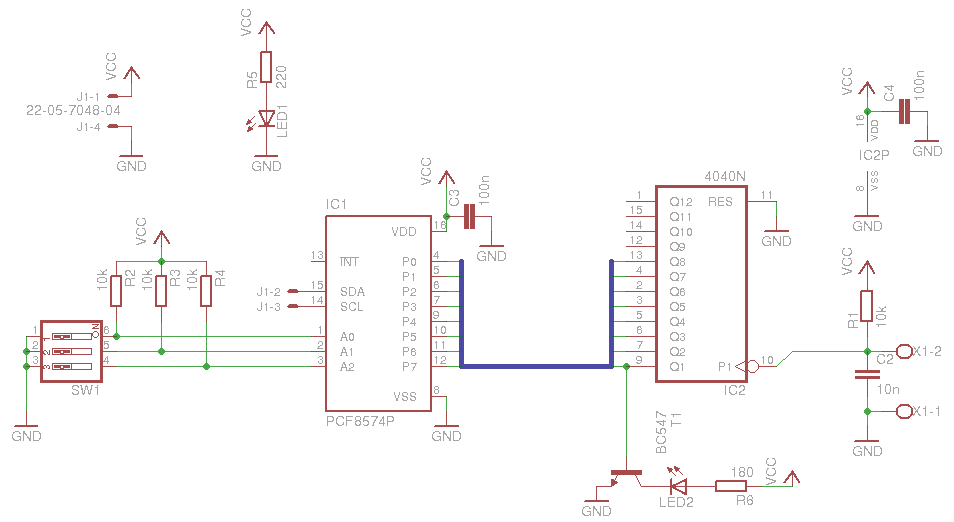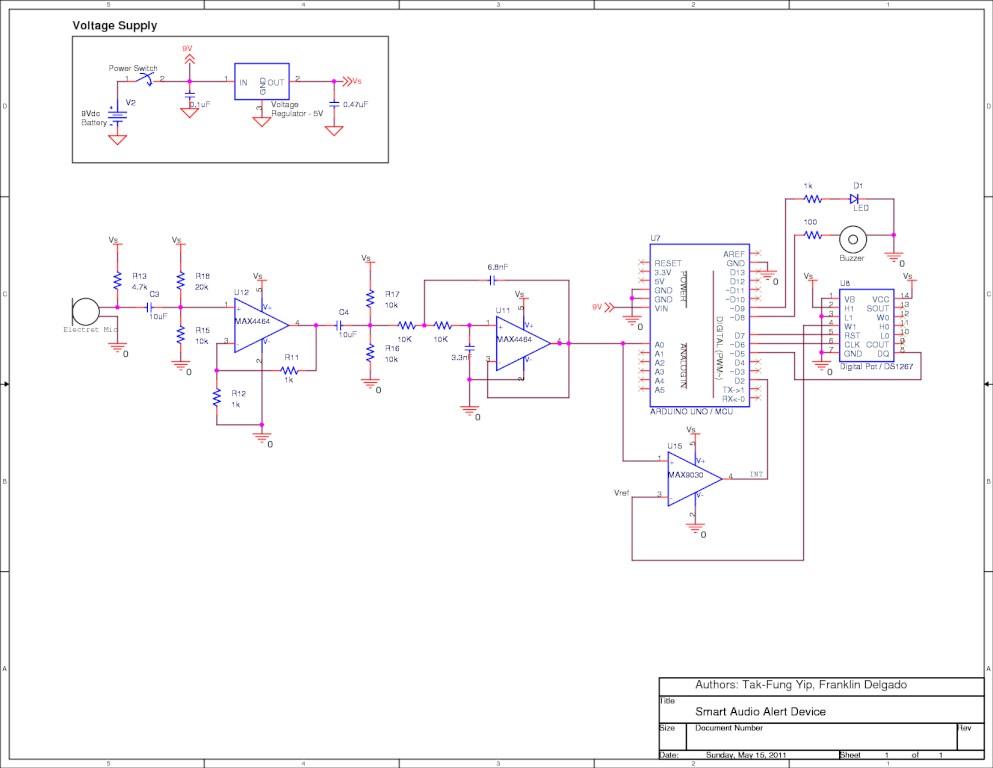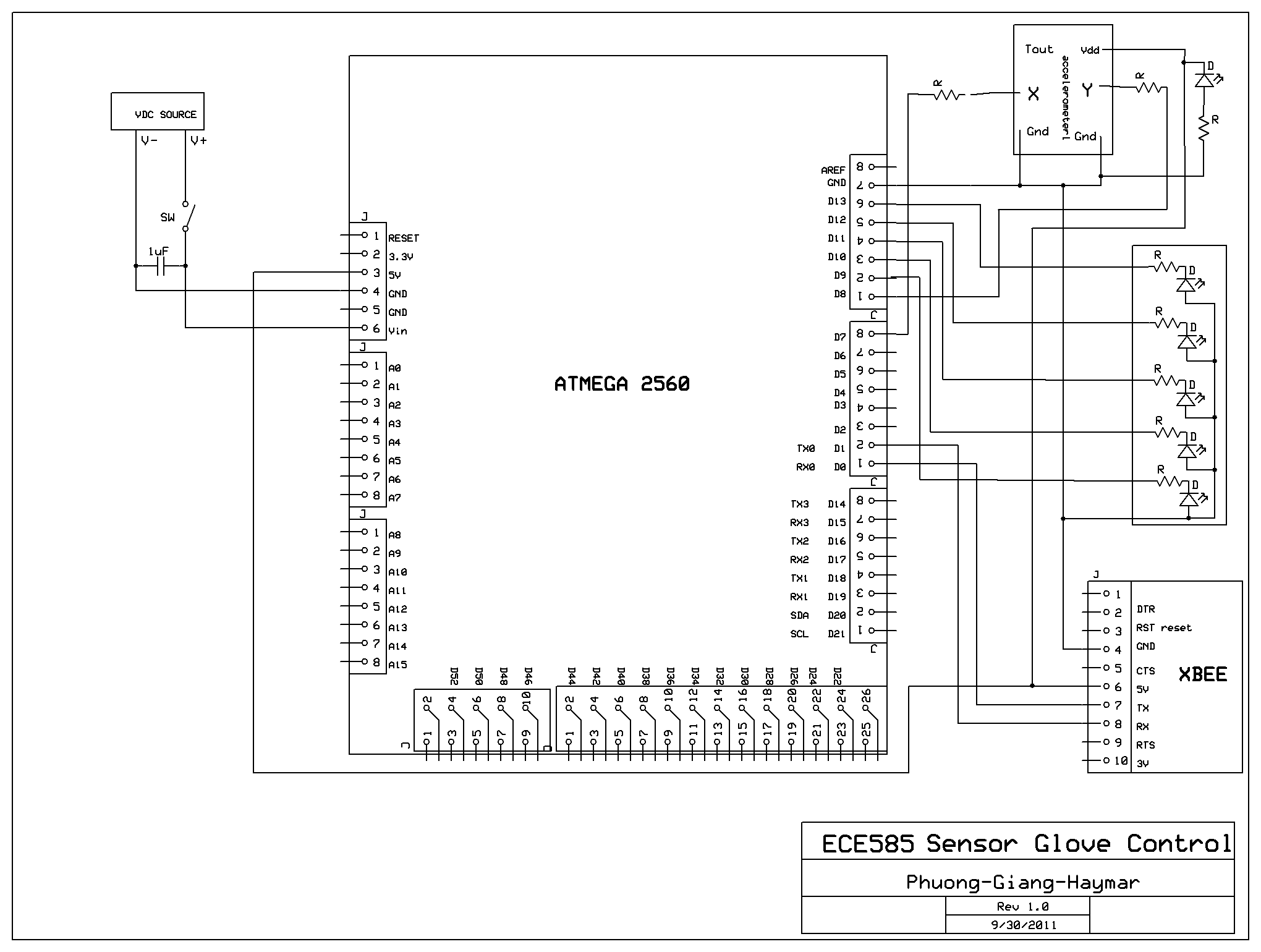
24C32 32K 5.0V I2C Smart Serial EEPROM
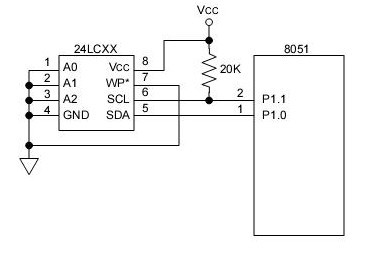
This EEPROM programmer is designed to read, write, and erase 24C EEPROM devices. It features a PC serial port interface and requires a 5V DC power supply. The programmer can read or write one page (16 bytes) at a time using a terminal program, such as HyperTerminal, without the need for external components.
The EEPROM programmer operates by interfacing with 24C series EEPROM devices, which are widely used for non-volatile memory applications. The device communicates with the EEPROM through a serial interface, allowing for straightforward data transfer between the programmer and the memory chip. The 5V DC power supply is essential for powering both the programmer and the EEPROM, ensuring stable operation during read and write processes.
The programming operation involves sending commands through the serial port to the EEPROM, which can be accomplished using a terminal program. The programmer is capable of handling one page at a time, with each page consisting of 16 bytes. This method allows for efficient data management, as the user can write or read an entire page in a single operation.
In terms of connections, the programmer typically includes a socket for the EEPROM chip, a serial port connector for the PC, and power input terminals for the 5V supply. The design may also incorporate indicators such as LEDs to provide visual feedback on the status of the programming operation, such as power status and activity indicators during read/write cycles.
The simplicity of the interface and the requirement for minimal external components make this EEPROM programmer a practical solution for developers and engineers working with 24C EEPROM devices in various applications, including embedded systems, consumer electronics, and data logging.This EEPROM programmer reads, writes and erases 24C EEPROM devices. It has a PC serial port interface. The programmer needs 5VDC power supply. It can read or write one page (16 bytes) at a time by programming the page with a terminal program such as hyperterminal, no external. 🔗 External reference
The EEPROM programmer operates by interfacing with 24C series EEPROM devices, which are widely used for non-volatile memory applications. The device communicates with the EEPROM through a serial interface, allowing for straightforward data transfer between the programmer and the memory chip. The 5V DC power supply is essential for powering both the programmer and the EEPROM, ensuring stable operation during read and write processes.
The programming operation involves sending commands through the serial port to the EEPROM, which can be accomplished using a terminal program. The programmer is capable of handling one page at a time, with each page consisting of 16 bytes. This method allows for efficient data management, as the user can write or read an entire page in a single operation.
In terms of connections, the programmer typically includes a socket for the EEPROM chip, a serial port connector for the PC, and power input terminals for the 5V supply. The design may also incorporate indicators such as LEDs to provide visual feedback on the status of the programming operation, such as power status and activity indicators during read/write cycles.
The simplicity of the interface and the requirement for minimal external components make this EEPROM programmer a practical solution for developers and engineers working with 24C EEPROM devices in various applications, including embedded systems, consumer electronics, and data logging.This EEPROM programmer reads, writes and erases 24C EEPROM devices. It has a PC serial port interface. The programmer needs 5VDC power supply. It can read or write one page (16 bytes) at a time by programming the page with a terminal program such as hyperterminal, no external. 🔗 External reference
